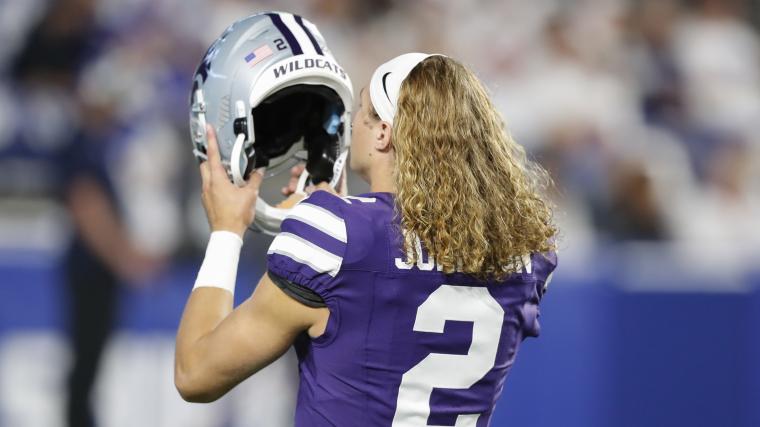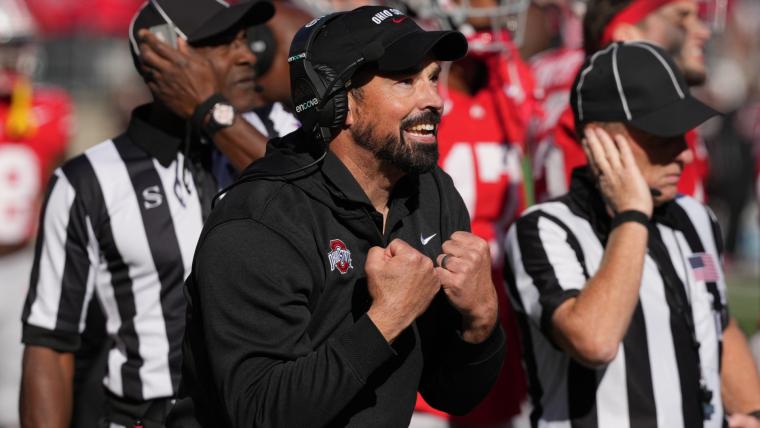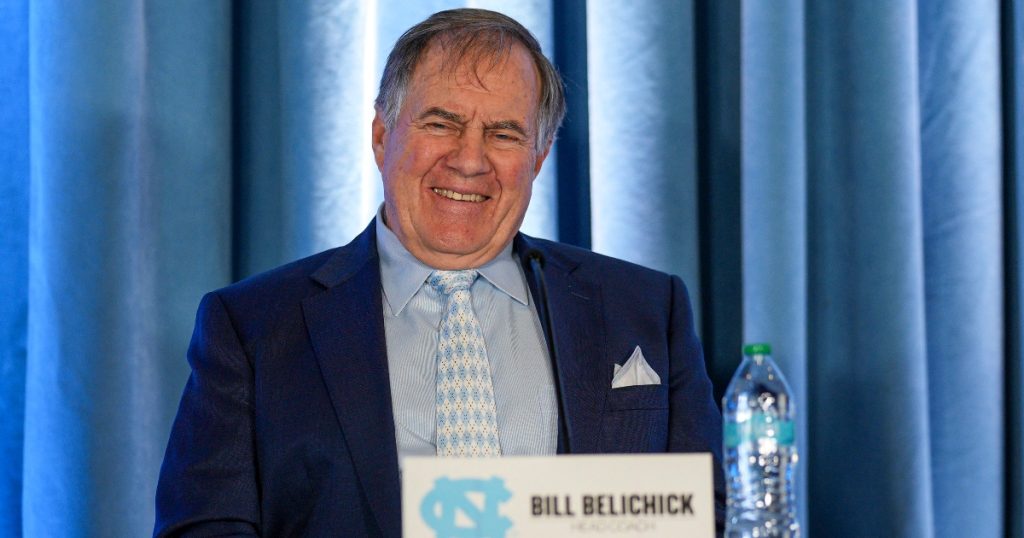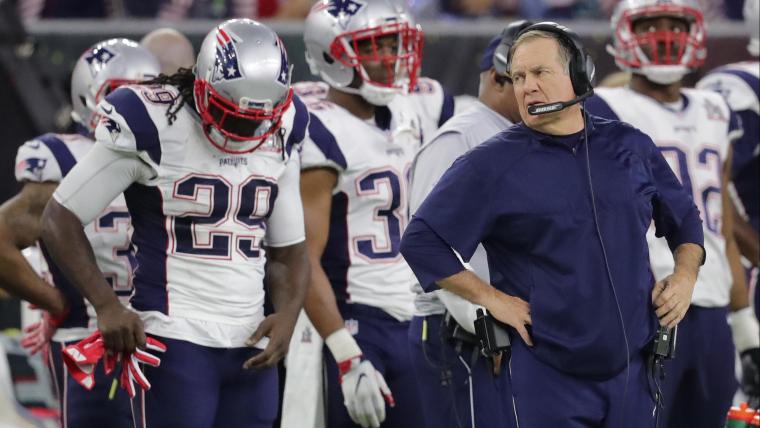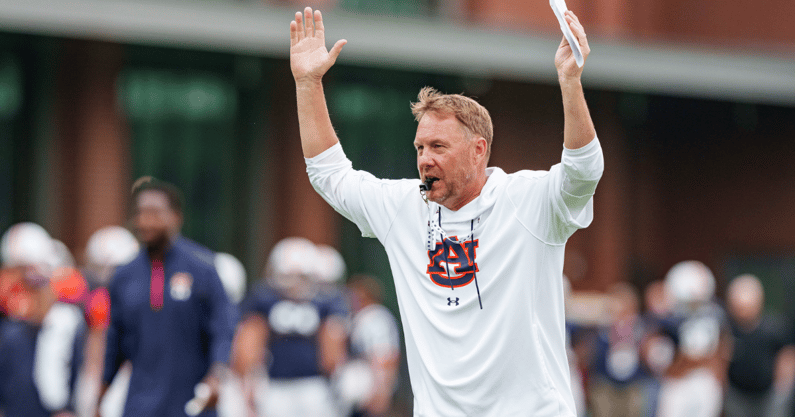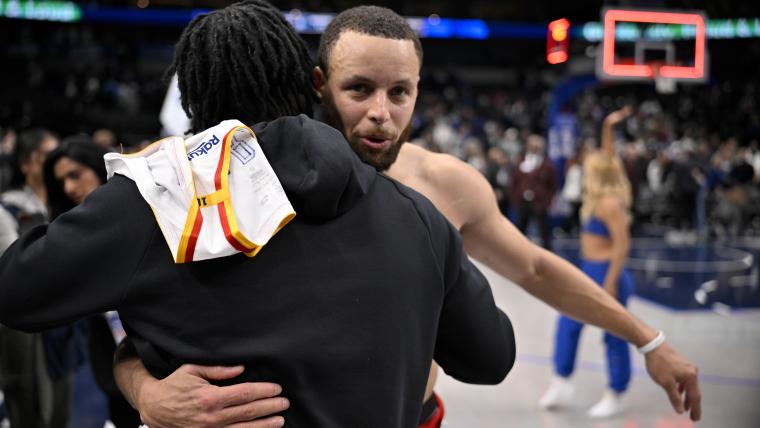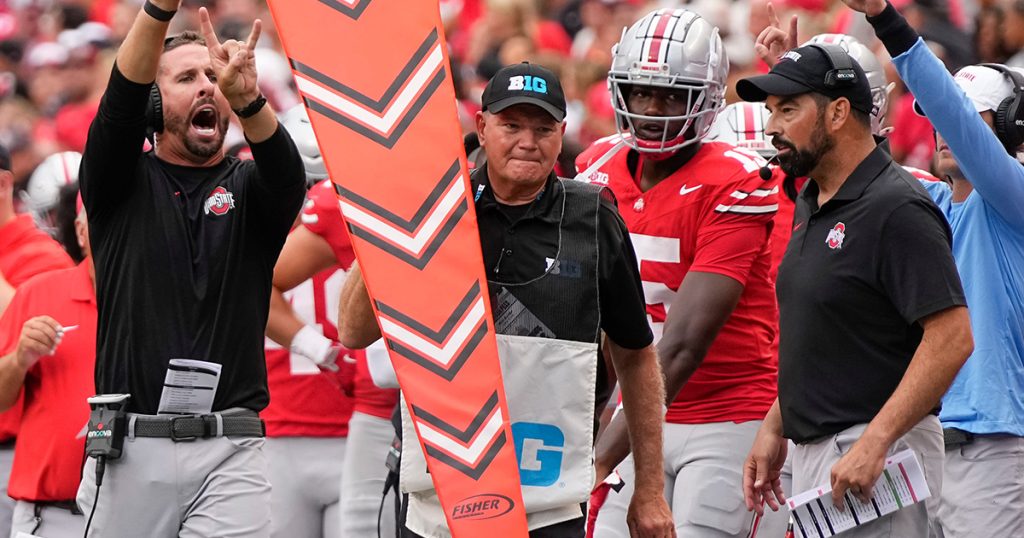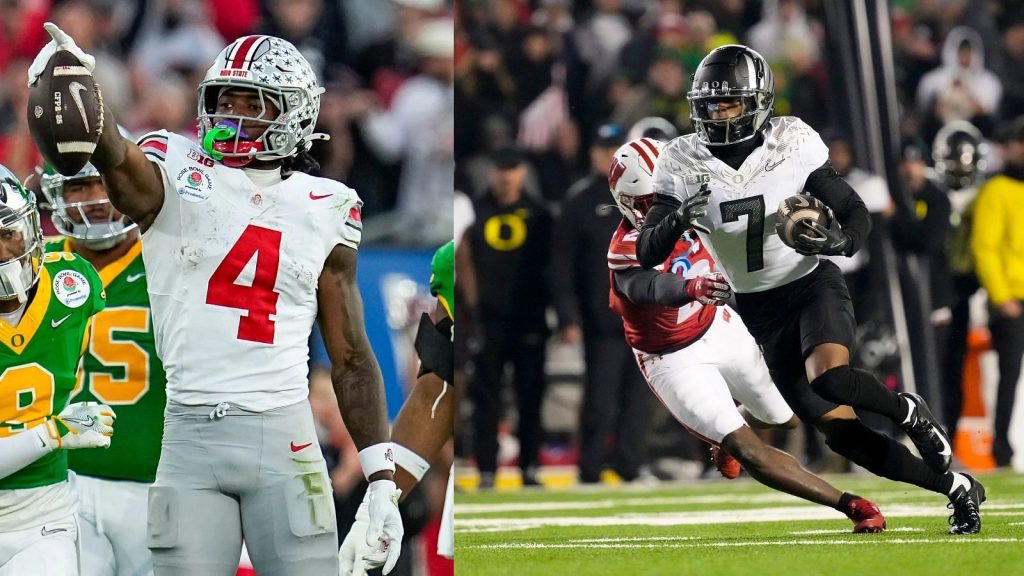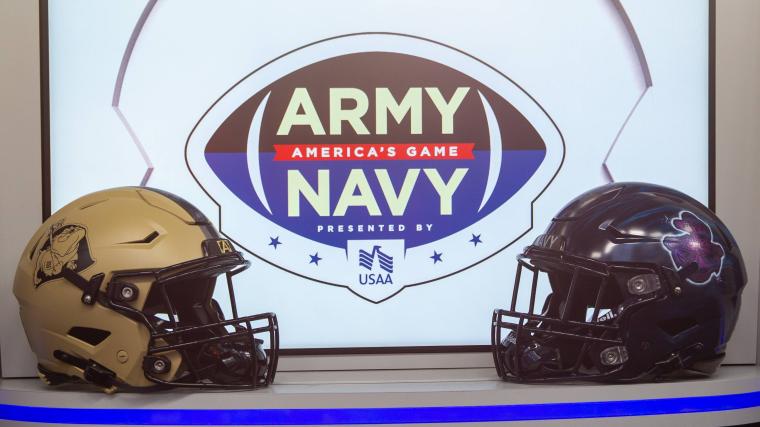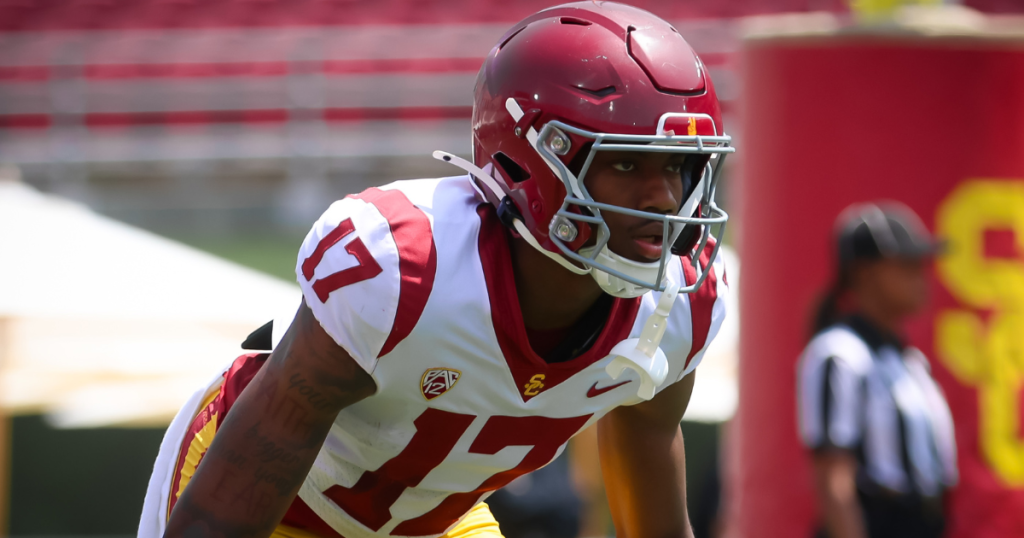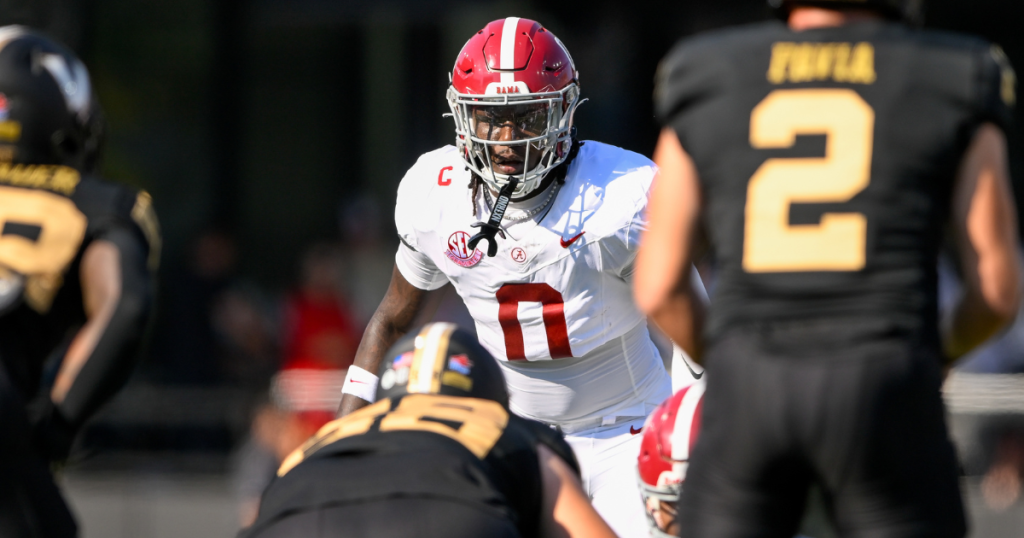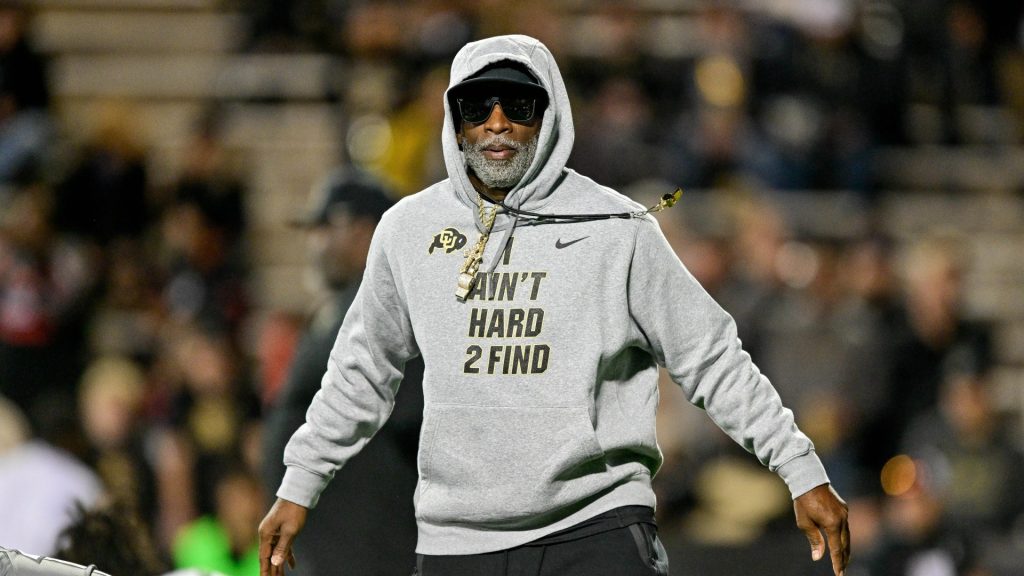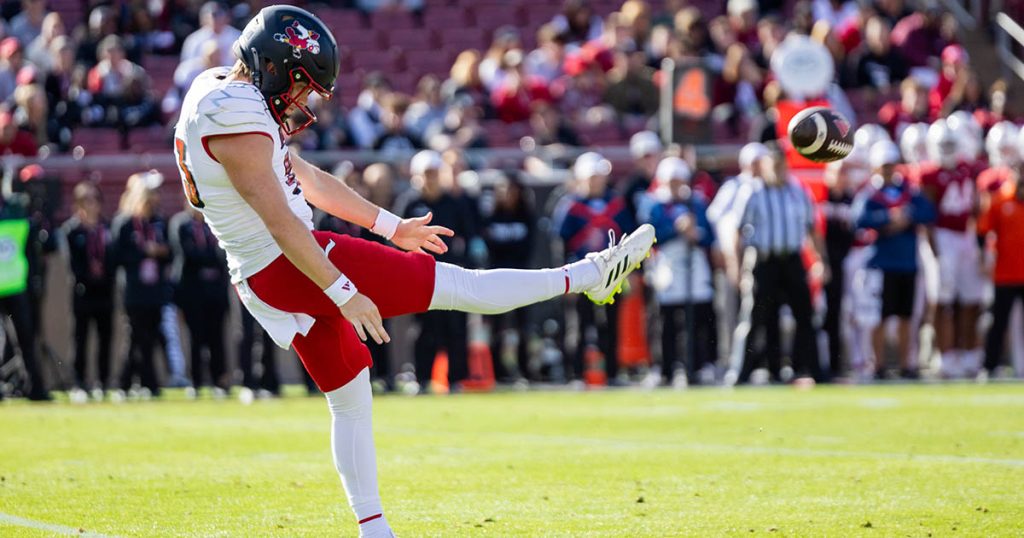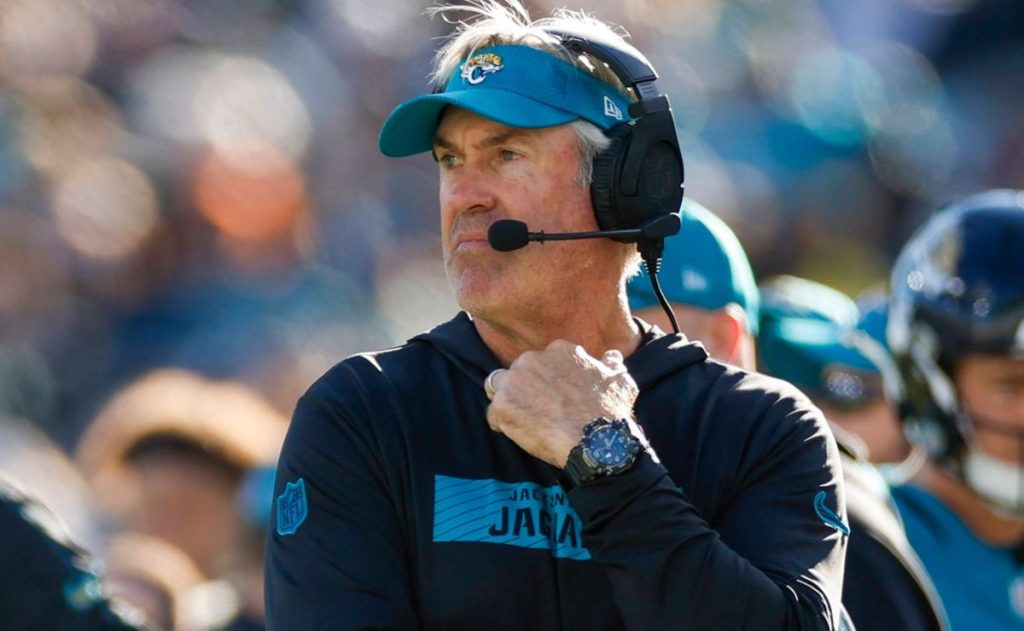The recent introduction of a helmet communication system in college football was hailed as a long-overdue advancement, especially with its approval for the FBS ahead of the 2024 season. However, one conference is now hitting the brakes on this technology, and it’s creating quite a buzz in the football community.
Big 12’s Communication Dilemma
The Big 12 Conference has decided to temporarily abandon helmet communications, and the reasons behind this decision are both intriguing and concerning. Following a game on September 28 between Texas A&M and Arkansas, officials alerted conferences about potential issues with the helmet communication systems. Although that particular game wasn’t part of the Big 12, the same technology is utilized across all power conferences. Now, the Big 12 finds itself in a unique position, becoming the first to step back from this modern communication tool.
What sparked this sudden reevaluation? Reports indicate that Big 12 teams have expressed worries that rival teams might be able to listen in on their communications. This concern has escalated after recent games, prompting a thorough reassessment of the technology in use. While no team has been accused of eavesdropping, the anxiety surrounding the potential for interception is significant enough for the conference to consider encrypting the system before the upcoming games.
Understanding Coach-to-Hemlet Communication
So, what exactly is this coach-to-helmet communication system? It’s a method that allows coaches to relay plays directly to one designated player on the field—typically the quarterback on offense and one player on defense. This system was first trialed during bowl games last season and received formal approval in the spring, marking a shift away from older methods like hand signals and sideline signs.
The NFL has had its version of this system for over 30 years, but there are limitations on both the college and professional levels. For instance, the communication cuts out with less than 15 seconds left on the play clock, meaning coaches can’t whisper last-minute strategies just before the snap. While this technology aims to streamline communication and reduce sign-stealing, it also introduces new challenges, such as the risk of malfunction or, in this case, concerns about opponents overhearing sensitive information.
What’s Next for Big 12 Teams?
With the Big 12’s decision to pause helmet communications, teams are left to figure out how to communicate plays effectively. The conference seems to be giving each program the freedom to choose their method, which is fortunate since many coaches are already familiar with traditional communication techniques. Before the advent of helmet communications, teams relied on methods like huddles, hand signals, and those clever sideline signs that often brought a chuckle to fans.
Could we see a resurgence of those quirky sideline signs this weekend? It’s certainly a possibility! The AP reports that teams might revert to these old-school methods, which could add an element of fun and creativity back into the game. Yet, there’s still a chance that the technology could be fixed before Saturday, alleviating some of the pressure on coaches and helping teams maintain their rhythm as the season reaches a critical juncture.
Technology vs. Tradition
The juxtaposition of modern technology and traditional methods raises an interesting question: Is it time to embrace the old ways again? While the helmet communication system was designed to enhance efficiency and reduce the chances of sign-stealing, it’s clear that technology can come with its own set of complications. The Big 12’s situation underscores the importance of having reliable communication methods, especially when the stakes are high.
As teams prepare for Week 10, the excitement and uncertainty surrounding this communication shift will undoubtedly add an extra layer of drama to the games. Coaches will need to adapt quickly, and players will have to be on their toes, ready to respond to whatever methods their teams decide to employ.
Looking Ahead
The Big 12’s decision to pause helmet communications reflects a broader conversation happening in college football about the balance between innovation and reliability. As the season progresses, fans will be watching closely to see how teams adjust. Will we see a return to the imaginative sideline signs that once entertained fans? Or will the technology be back up and running, allowing for a more modern approach to communication on the field?
This situation is a reminder of the ever-evolving nature of college football. As teams navigate these challenges, one thing is certain: the passion for the game remains unwavering. Whether through high-tech helmets or good old-fashioned signs, the heart of college football will continue to beat strong, captivating fans and players alike.

